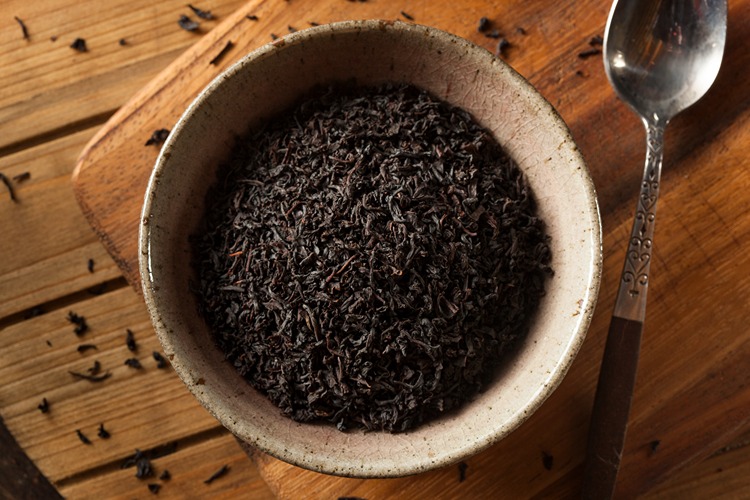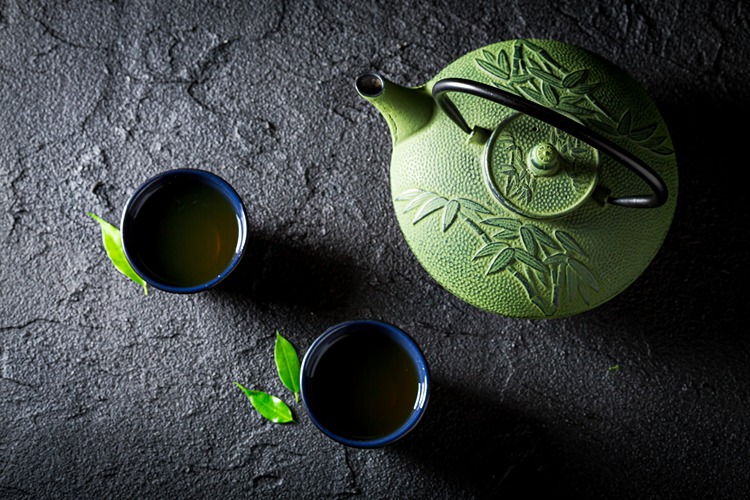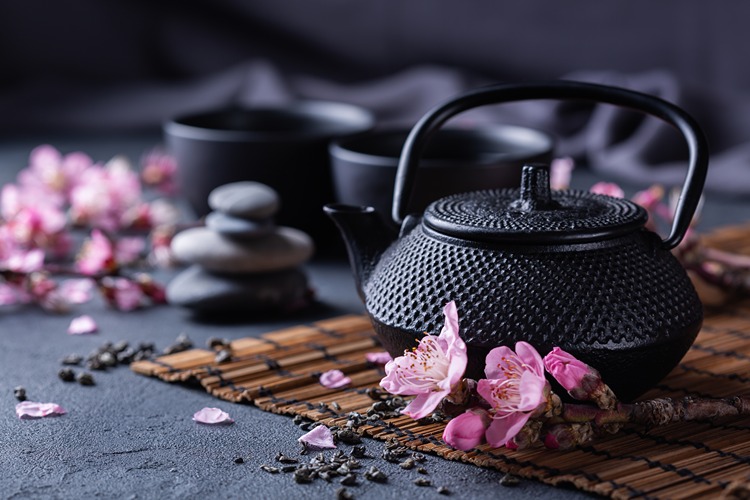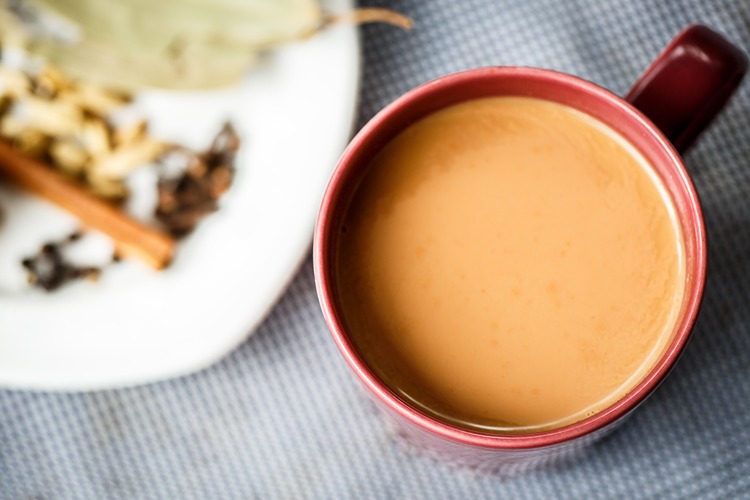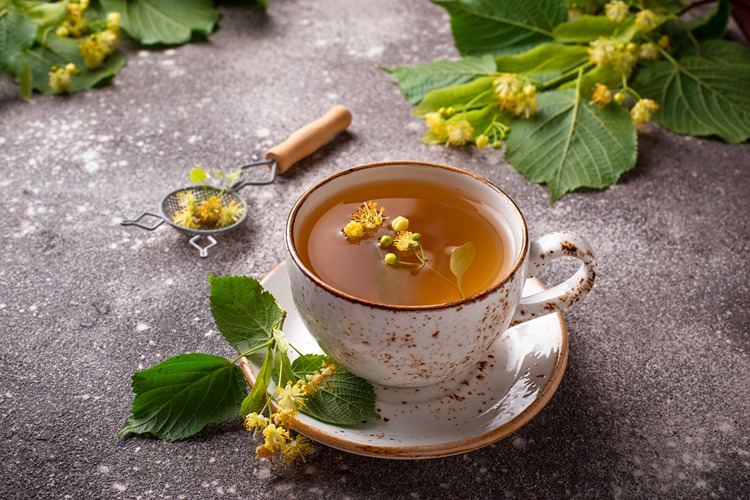When it comes to brewing the perfect cup of tea, achieving the right tea-to-water ratio is essential. The ratio determines the strength, flavor, and overall enjoyment of your tea. In this comprehensive guide, we will delve into the world of tea-to-water ratios, exploring the factors that influence it and providing you with tips for creating flavorful brews.
The Importance of Tea-to-Water Ratio
The tea-to-water ratio plays a crucial role in determining the taste and characteristics of your brewed tea. It directly affects the strength, aroma, and overall balance of flavors. A well-balanced tea-to-water ratio allows the delicate flavors of the tea leaves to be extracted, resulting in a rich and satisfying cup of tea.
Using the correct tea-to-water ratio ensures that you achieve the optimal balance between the tea’s natural flavors and the water used for brewing. Too much tea relative to the water can lead to an overpowering and bitter brew, while too little tea may result in a weak and diluted flavor.
Factors Influencing Tea-to-Water Ratio
Several factors come into play when determining the ideal tea-to-water ratio for your brew:
- Type of Tea: Different types of tea have their unique characteristics and require specific brewing parameters. Black tea, green tea, oolong tea, and herbal tea each have their distinct flavor profiles, and the tea-to-water ratio can vary accordingly.
- Leaf Size: The size and shape of the tea leaves can impact the extraction process. Finely rolled tea leaves may require a different ratio compared to larger loose leaf tea or tea bags. The surface area of the leaves affects how quickly the flavors are infused into the water.
- Desired Strength: Personal preference plays a significant role in determining the ideal tea-to-water ratio. Some tea enthusiasts prefer a bold and robust brew, while others enjoy a more delicate and subtle flavor. Adjusting the ratio allows you to customize the strength of your tea to suit your taste preferences.
General Guidelines for Tea-to-Water Ratio
While the optimal tea-to-water ratio can vary depending on the factors mentioned above, here are some general guidelines to get you started:
- For Black Tea: A common starting point is 1 teaspoon of loose black tea leaves per 8 ounces (240ml) of water. Adjust the quantity based on your preference for a stronger or milder brew.
- For Green Tea: Green tea is more delicate, so a lower ratio of 1 teaspoon of loose green tea leaves per 6 ounces (180ml) of water is often recommended. However, feel free to experiment with different ratios to find your desired flavor intensity.
- For Oolong Tea: Oolong tea can vary in its oxidation level, so the ideal ratio may range from 1 teaspoon to 1 tablespoon of loose oolong tea leaves per 6-8 ounces (180-240ml) of water. Adjust the ratio based on the specific oolong tea you are brewing and your desired strength.
- For Herbal Tea: Herbal teas typically require a higher ratio of herbs due to their broader range of flavors and ingredients. Start with 1-2 teaspoons of dried herbs or a tea bag per 8 ounces (240ml) of water, and adjust the ratio according to the strength and intensity of the herbs.
Tips for Finding Your Perfect Ratio
While the general guidelines provide a starting point, discovering your ideal tea-to-water ratio may involve some experimentation. Here are some tips to help you find your perfect brew:
- Personal Taste Experimentation: Everyone’s taste preferences are unique, so don’t be afraid to adjust the tea-to-water ratio to suit your liking. Start with the suggested ratios and gradually increase or decrease the tea leaves or water until you find the flavor and strength that pleases your palate.
- Adapt to Different Teas: Remember that the ideal tea-to-water ratio can vary depending on the type of tea you are brewing. Black tea, green tea, oolong tea, and herbal tea each have their own characteristics, and experimenting with ratios specific to each type will help you bring out the best flavors.
- Keep Brewing Time in Mind: The brewing time also affects the strength of your tea. If you prefer a milder brew, you can use a higher water-to-tea ratio and shorten the brewing time. Conversely, if you desire a stronger cup, you can increase the tea leaves and extend the steeping duration slightly.
- Take Notes: Keep a tea journal where you record the ratios, brewing times, and personal observations for each tea you brew. This will serve as a reference for future brewing sessions and help you refine your brewing techniques.
FAQs
Here are some frequently asked questions about tea-to-water ratio:
Q: How do I know if the tea is too weak or too strong?
A: The strength of your tea is subjective and depends on personal preference. If your tea tastes weak, try increasing the amount of tea leaves or decreasing the amount of water. Conversely, if the tea tastes too strong or bitter, adjust the ratio in the opposite direction.
Q: Can I use a kitchen scale to measure the tea leaves?
A: Yes, using a kitchen scale can provide precise measurements for a consistent brew. However, teaspoons are commonly used for convenience and simplicity. Experiment with both methods to find what works best for you.
Q: Can I reuse tea leaves?
A: While some teas can be steeped multiple times, each subsequent infusion will have a slightly different flavor profile. You may need to adjust the tea-to-water ratio for subsequent infusions to achieve the desired strength.
Q: Can I use the same tea-to-water ratio for different tea brands?
A: Tea brands may have variations in the quality and size of their tea leaves, which can affect the ideal ratio. It’s best to experiment with each tea brand to determine the most suitable ratio for optimal flavor extraction.

